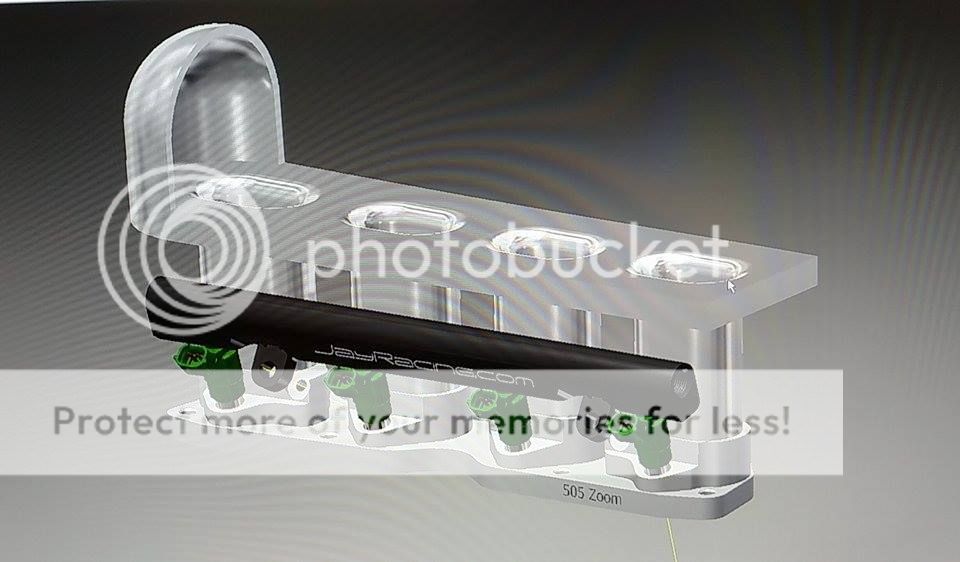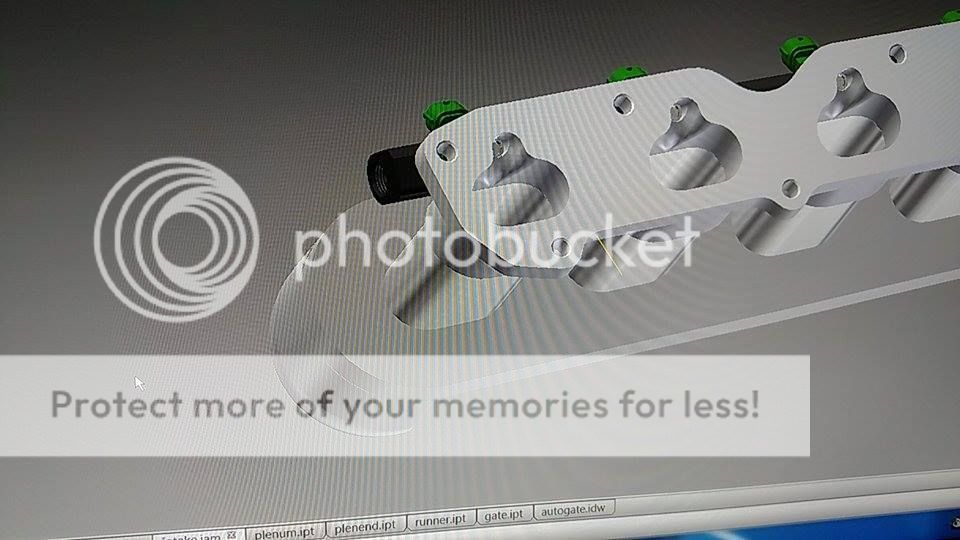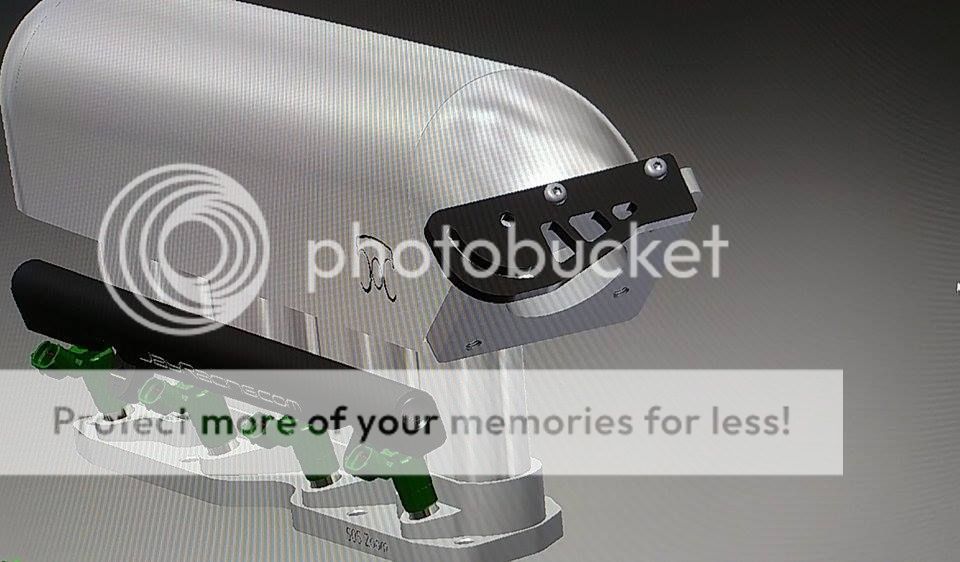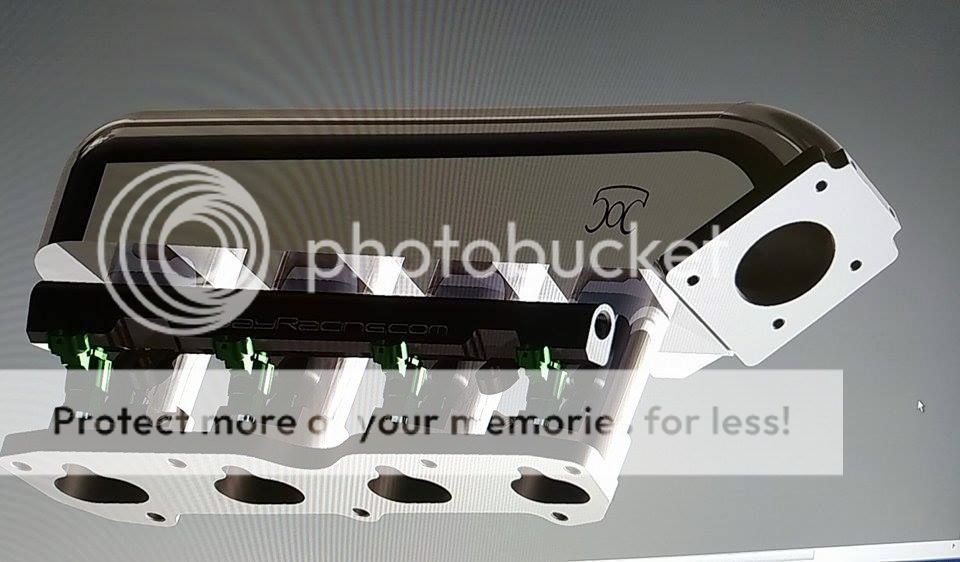I don't know about quite that quick, but I am definitely going straight into production after the prototype passes full testing.
I will be doing accelerometer testing versus my original proto, which was functionally identical to the gen 1 that I dyno'd and the gen 2's that other people have dyno'd. If there are any major differences on the accelerometer (not expecting any) I will re-dyno. Other than that it's really just fitment testing, flow bench testing, and an FEA analysis to make sure we haven't overlooked anything that might pop up down the road.
As for the actual production, time from deposit to delivery is going to be DRASTICALLY reduced, which is up there in the top 3 reasons for the full redesign. There are 5 major things that will reduce the production time:
1) The shop doing the machine work will be doing it on shop time instead of after hours, so I won't have to wait weeks for each step.
2) The runners do not have to be formed and then tweaked to fit.
3) The fuel rail mounts don't have to be added by hand.
Those 3 combined mean that Wes can probably assemble and weld 3 manifolds per night instead of just 1.
4) The fuel injector bosses don't have to be machined AFTER the runners get welded (which was unfortunately a mandatory step with how the old manifolds were constructed, and it was also a gigantic pain in the ass).
5) The runner cups are much further away from the mating surface of the flange, and the extra thickness will make it way less likely to warp during welding. This means that we MIGHT be able to get away with not flycut surfacing the main flange after assembly, which was another major pain in the ass (we'll just see on this though... might still do it anyway).
The only thing that is going to take longer (and will more than offset the money saved from eliminating the other steps) is the construction of the new plenum, but my plan is to have those made at the same time as the flanges are being machined since it will be 2 different shops handling each, so time-wise we'll still be way ahead.
So all said and done we're going to be looking at a matter of weeks instead of months for the actual production. (evil)




